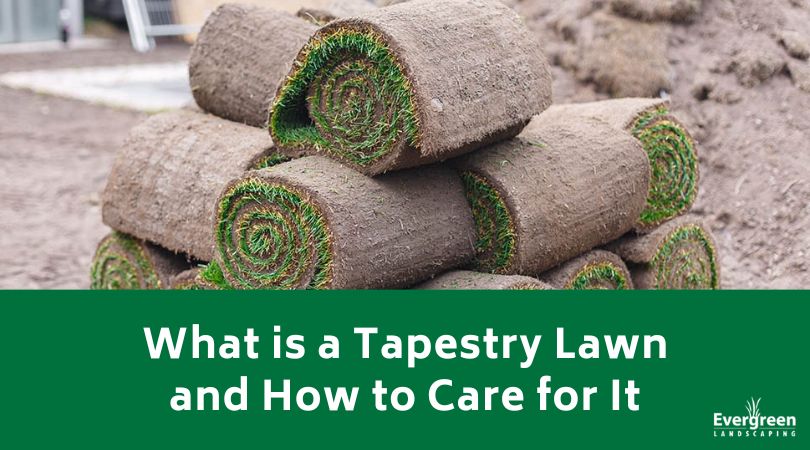Designing a Serene Outdoor Space for your Home

Imagine coming home after a long and demanding day, feeling the weight of the world on your shoulders. As you step into your backyard, a transformation occurs. The hustle and bustle of daily life fade away, replaced by a tranquil oasis that instantly soothes your weary soul. The gentle sound of a bubbling fountain greets your ears, while the soft glow of strategically placed lanterns guides your way. You settle into a comfortable chair amidst lush greenery and fragrant flowers, taking a deep breath of fresh air. In this serene outdoor space, stress melts away, replaced by a profound sense of peace and calm. Surrounded by nature’s embrace, you find solace, rejuvenation, and a renewed connection with the world around you. This tranquil haven becomes more than just a backyard; it becomes a sanctuary that nurtures your well-being, fosters cherished moments with loved ones, and adds immeasurable value to your home.
Creating a tranquil outdoor space begins with understanding your unique space and using both your home’s architecture and your natural surroundings. Things like size, layout, and existing features all have an impact on the final product. But don’t worry – you don’t need a large backyard to create a relaxing oasis for your home. Any cozy space can become a serene retreat. By setting the right foundation, you’ll be well on your way to designing an outdoor sanctuary that rejuvenates your senses and offers a serene escape from the demands of daily life. Let’s explore the essential design elements that will enhance the tranquility of your outdoor space and bring your vision to life.
Color
When it comes to choosing a color palette, opt for soft, muted tones or cool shades that evoke a sense of calm and relaxation. Imagine the gentle breezes rustling through a soothing oasis as you select colors that reflect the serenity of nature. Bright colors can create a vibrant, lively space. This is great for entertaining or outdoor activities, but softer tones will lend to a softer mood overall. Consider letting the brighter colors come from plant life other than bright decorations.
Water Features
One of the most effective ways to infuse tranquility is through the inclusion of water features. Consider adding a fountain, pond, or waterfall to your outdoor space. The gentle sound of flowing water can create a calming soundtrack and drown out any intrusive noises, allowing you to fully immerse yourself in relaxation. If you’re creating a meditation space, flowing water is a great place to keep your focus on as you let your busy thoughts float away.
Constructs
Outdoor structures like pergolas, gazebos, or shaded seating areas can provide a cozy retreat from the sun and add a touch of elegance to your space. By incorporating comfortable seating, plush cushions, and decorative elements, you’ll create an inviting and serene atmosphere where you can unwind and reconnect with nature. This is especially important if you don’t have another source of shade. Keeping cool and safe from the sun are important factors in letting yourself relax.
Nature
Bringing the beauty of nature into your landscape is another key aspect of designing a serene outdoor space. Integrate lush greenery, blooming flowers, and fragrant plants into your surroundings. Native plants and aromatic herbs not only offer visual appeal but also engage your senses and attract butterflies and birds, adding to the overall serenity of the space.
Comfort
It’s important to prioritize both comfort and accessibility in your serene outdoor space. By considering your specific needs, you can design a space that not only promotes relaxation but also ensures ease of use and enjoyment.
Ensure that your outdoor space is easily navigable for individuals with mobility limitations. Incorporate wide pathways that can accommodate walkers or wheelchairs, and consider adding ramps and handrails for extra support. By prioritizing accessibility, you can create an inclusive and user-friendly environment for everyone to enjoy.
When it comes to seating, choose ergonomic and comfortable furniture that supports relaxation. Look for adjustable seating options that cater to individual preferences and consider adding cushions and pillows for extra comfort. This will allow you to unwind in ultimate luxury as you soak up the tranquility of your surroundings.
Lighting
Lighting plays a crucial role in setting the right ambiance in your serene outdoor space. Different lighting will set different moods.
Consider utilizing soft, warm lighting options such as string lights, lanterns, or well-placed spotlights. These gentle lighting choices can accentuate focal points like water features or sculptures, while also providing a subtle glow that enhances the ambiance of your space.
Candles and fire features can also add an enchanting touch to your outdoor retreat. Incorporate candles, lanterns, or a fire pit to create a mesmerizing effect. The flickering flames will not only provide a warm and cozy glow but also generate a soothing atmosphere that invites relaxation.
Immerse yourself in the tranquil embrace of a thoughtfully designed outdoor space that becomes your personal sanctuary. With a focus on creating a serene ambiance, incorporating elements of nature, ensuring comfort and accessibility, and utilizing lighting techniques to set the right mood, you can transform your backyard into a haven that promotes relaxation and rejuvenation. Let Evergreen Landscaping bring your vision to life. Contact us today and embark on the journey of transforming your outdoor space into a tranquil oasis that brings peace to your daily life.











